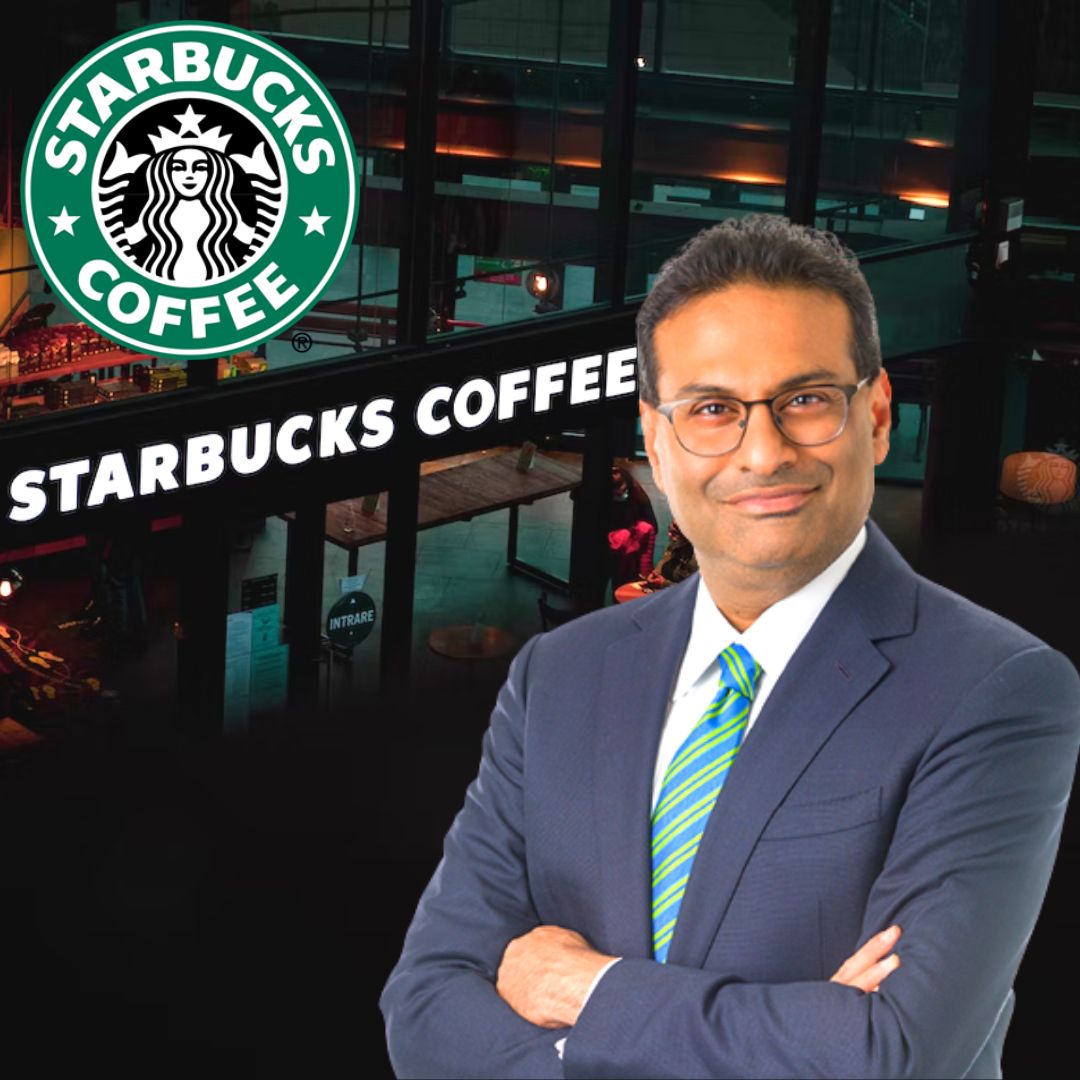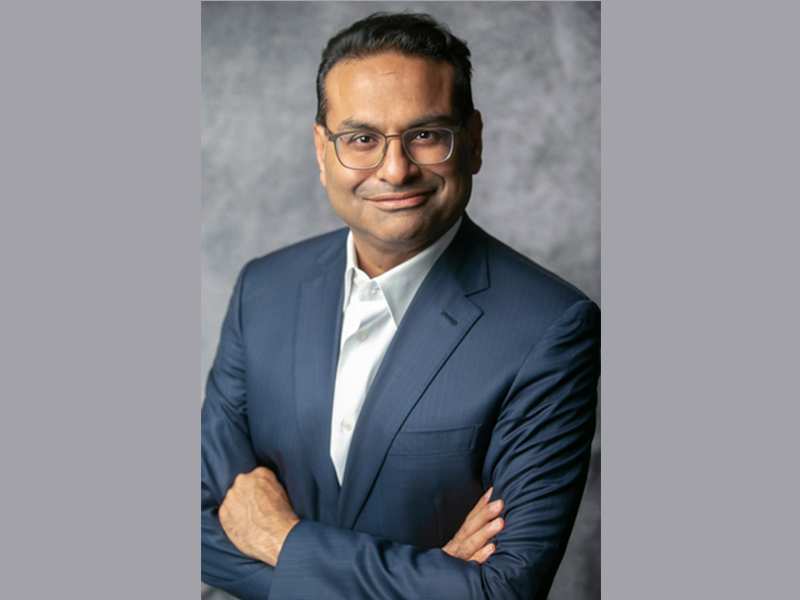Starbucks CEO: A Leadership Profile: Ceo Of Starbucks

Starbucks CEO Laxman Narasimhan, appointed in March 2023, is leading the coffee giant through a period of transformation and growth. His extensive experience in consumer-focused businesses, coupled with his strategic vision, positions him to navigate the complex landscape of the global coffee market.
Career Journey and Education
Laxman Narasimhan’s journey to the helm of Starbucks began with a diverse background in consumer goods and technology. He holds a Bachelor of Science degree in Chemical Engineering from the University of Madras and an MBA from the Wharton School of the University of Pennsylvania. He honed his business acumen in leadership roles at PepsiCo, where he led the global beverage business, and at Reckitt Benckiser, a global consumer goods company, where he served as CEO.
Narasimhan’s career trajectory highlights his strategic thinking and ability to drive growth in diverse industries. His experience in both consumer goods and technology provides a unique perspective that he brings to Starbucks, a company that is increasingly reliant on technology and digital innovation to enhance the customer experience.
Leadership Style and Impact
Narasimhan’s leadership style is characterized by a focus on data-driven decision-making, a commitment to innovation, and a deep understanding of customer needs. He emphasizes a collaborative approach, fostering a culture of transparency and open communication within Starbucks.
His leadership style is evident in the company’s recent initiatives, such as the Starbucks Rewards program, which leverages data to personalize customer experiences and drive loyalty. The company’s focus on digital innovation, including mobile ordering and payment systems, is another example of Narasimhan’s commitment to technology-driven solutions.
Vision for the Future
Narasimhan’s vision for Starbucks is to build a “more connected and personalized” experience for customers. He aims to expand the company’s digital capabilities, enhance the customer experience in stores, and continue to innovate with new products and services.
Narasimhan is also committed to sustainability and social responsibility. He recognizes the importance of environmental stewardship and ethical sourcing practices, and he is working to embed these values into the company’s operations.
Navigating Challenges and Opportunities
Starbucks, like many companies, faces challenges such as rising inflation, labor shortages, and evolving consumer preferences. Narasimhan is addressing these challenges by focusing on cost optimization, employee engagement, and personalized customer experiences.
He also sees opportunities for growth in emerging markets and through new product categories, such as plant-based beverages and ready-to-drink coffee. Narasimhan’s focus on innovation and strategic partnerships positions Starbucks to capitalize on these opportunities and maintain its leadership position in the global coffee market.
Starbucks’ Business Model and Strategies

Starbucks’ success is built upon a well-defined business model that leverages its brand recognition, customer loyalty, and innovative product offerings to create a unique and profitable experience. This model is characterized by its focus on premium coffee, a strong emphasis on customer experience, and a global expansion strategy.
Product Offerings and Target Market
Starbucks offers a diverse range of products, including coffee, tea, pastries, sandwiches, and other food items. Its core product is coffee, with a wide selection of blends, roasts, and brewing methods catering to diverse tastes. The company also offers a variety of seasonal beverages and limited-time offerings, creating excitement and attracting new customers. Starbucks’ target market encompasses a broad demographic, including professionals, students, and individuals seeking a premium coffee experience. The company’s focus on convenience, comfortable atmosphere, and personalized service caters to a diverse customer base.
Competitive Advantages
Starbucks has established a strong competitive advantage through its brand recognition, customer loyalty, and innovative product offerings. The company’s brand is synonymous with high-quality coffee and a unique customer experience. Starbucks has built a loyal customer base through its consistent product quality, personalized service, and comfortable atmosphere. The company’s innovation in product development, such as its seasonal beverages and limited-time offerings, keeps customers engaged and encourages repeat visits.
Strategic Initiatives for Growth and Profitability
The current CEO has implemented several strategic initiatives to drive growth and profitability. These initiatives include:
- Expanding Global Footprint: Starbucks continues to expand its global presence, entering new markets and increasing its reach to new customer segments. This expansion strategy leverages the company’s brand recognition and provides opportunities for growth in emerging markets.
- Digital Transformation: Starbucks has embraced digital technology to enhance the customer experience and drive efficiency. The company has introduced mobile ordering, payment options, and personalized recommendations through its mobile app, making it easier for customers to engage with the brand.
- Focus on Sustainability: Starbucks has made significant investments in sustainability initiatives, including sourcing ethical coffee beans, reducing its environmental footprint, and promoting ethical sourcing practices. This commitment to sustainability resonates with environmentally conscious consumers and strengthens the company’s brand image.
- Product Innovation: Starbucks continues to innovate in its product offerings, introducing new beverages, food items, and merchandise. This focus on innovation keeps the brand relevant and attracts new customers.
- Personalized Experiences: Starbucks is investing in personalized experiences for its customers, leveraging data analytics to understand customer preferences and tailor offerings to individual needs. This personalized approach strengthens customer loyalty and enhances the overall customer experience.
Sustainability Efforts and Social Responsibility Initiatives
Starbucks has a strong commitment to sustainability and social responsibility. Under the current CEO’s leadership, the company has implemented several initiatives:
- Ethical Sourcing: Starbucks is committed to sourcing coffee beans ethically and sustainably, ensuring fair wages and safe working conditions for farmers. The company’s “Coffee and Farmer Equity Practices” (CAFE) program promotes ethical sourcing and sustainable farming practices.
- Environmental Sustainability: Starbucks is reducing its environmental footprint by implementing energy efficiency measures, reducing waste, and promoting recycling. The company has set ambitious goals for reducing its carbon emissions and water usage.
- Community Engagement: Starbucks is actively involved in its local communities, supporting educational programs, providing job opportunities, and promoting social causes. The company’s “Community Store” initiative aims to create a positive impact in underserved communities.
- Diversity and Inclusion: Starbucks is committed to promoting diversity and inclusion within its workforce and the communities it serves. The company has implemented initiatives to increase diversity representation at all levels and create an inclusive workplace culture.
Challenges and Opportunities Facing Starbucks

Starbucks, despite its global dominance, faces a dynamic and competitive market landscape. The company must navigate a complex web of challenges while seizing emerging opportunities to sustain its growth and profitability.
Competition
The coffee industry is highly competitive, with both large multinational corporations and independent cafes vying for market share. Starbucks faces fierce competition from established players like Dunkin’ Donuts, McDonald’s, and Costa Coffee, as well as numerous smaller, locally-owned coffee shops. These competitors often offer lower prices, unique product offerings, or a more personalized customer experience, putting pressure on Starbucks to maintain its competitive edge.
Changing Consumer Preferences
Consumer tastes and preferences are constantly evolving, driven by factors such as health consciousness, ethical sourcing, and the desire for unique experiences. Starbucks must adapt to these shifts to remain relevant. For example, the growing popularity of plant-based diets has led to increased demand for dairy-free alternatives, while the focus on sustainability has prompted consumers to seek ethically sourced coffee beans.
Economic Fluctuations
Economic downturns can significantly impact consumer spending habits, particularly on discretionary items like coffee. Starbucks must be prepared to adjust its pricing strategies and product offerings to weather economic fluctuations and maintain profitability.
Opportunities for Growth
Despite the challenges, Starbucks has numerous opportunities for growth and expansion.
New Product Lines
Starbucks can leverage its brand recognition and loyal customer base to introduce new product lines that cater to evolving consumer preferences. For example, the company has successfully expanded into tea, cold brew, and plant-based beverages. Continuing to innovate and introduce new products that resonate with customers can drive revenue growth and market share.
Market Expansion
Starbucks continues to expand its global footprint, targeting new markets with significant growth potential. This strategy allows the company to tap into new customer bases and diversify its revenue streams. However, successful expansion requires careful market research and adaptation to local preferences and regulations.
Technological Advancements, Ceo of starbucks
Starbucks is embracing technological advancements to enhance the customer experience and streamline operations. For example, the company has invested in mobile ordering and payment systems, digital loyalty programs, and personalized recommendations. These innovations can improve efficiency, drive customer engagement, and create new revenue streams.
Navigating Challenges and Capitalizing on Opportunities
Starbucks’ CEO plays a critical role in navigating these challenges and capitalizing on opportunities. The CEO must foster a culture of innovation, adaptability, and customer focus to ensure the company’s continued success. This involves:
- Investing in Research and Development: To stay ahead of the competition, Starbucks must continuously invest in research and development to create new products and improve existing offerings.
- Embracing Technology: Leveraging technological advancements can enhance the customer experience, improve operational efficiency, and create new revenue streams.
- Focusing on Sustainability: Starbucks must prioritize sustainable practices throughout its supply chain to appeal to ethically conscious consumers.
- Building Strong Relationships with Suppliers: Maintaining strong relationships with suppliers ensures access to high-quality ingredients and promotes ethical sourcing.
- Investing in Employee Training and Development: Investing in employee training and development is essential for creating a positive work environment and delivering exceptional customer service.
Leading a global coffee empire isn’t easy, but Starbucks CEO Laxman Narasimhan is tackling the challenge head-on. From streamlining operations to focusing on innovation, he’s making his mark on the company. For a deeper dive into his leadership style and vision for the future of Starbucks, check out this exclusive interview with ceo of starbucks.
Narasimhan’s commitment to sustainability and customer experience is evident in every decision he makes, ensuring Starbucks continues to be a beloved brand worldwide.
Howard Schultz, the CEO of Starbucks, has always been known for his bold vision and innovative approach to the coffee industry. He’s constantly looking for ways to expand the Starbucks brand, and recently, he’s been experimenting with new flavors and concepts.
One of the most interesting ventures is starbucks chipotle , a fusion of coffee and Mexican cuisine. This new concept reflects Schultz’s commitment to staying ahead of the curve and exploring new culinary possibilities, and it’s a testament to his belief that Starbucks can be more than just a coffee shop.
